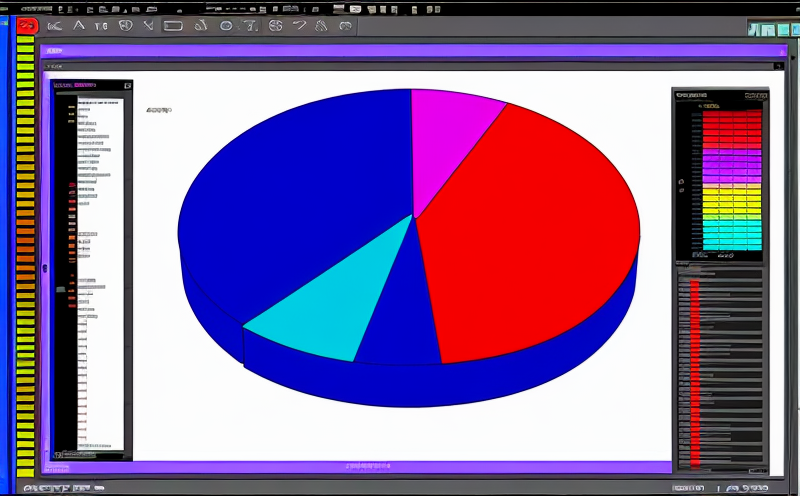DIN 51016 Thermogravimetric Analysis of Solids
DIN 51016 is a standardized method for thermogravimetric analysis (TGA) specifically designed to assess the thermal stability and composition of solid materials. This method quantitatively determines changes in mass as a function of temperature under controlled conditions, providing critical insights into material behavior at elevated temperatures.
The procedure outlined in DIN 51016 is widely used across various sectors including pharmaceuticals, polymers, ceramics, and electronics to evaluate the thermal stability, decomposition temperature, moisture content, and volatility of samples. It involves heating a precisely weighed sample under inert conditions while monitoring the mass change through a sensitive balance.
The analysis can be conducted over a broad temperature range, typically from room temperature up to 1500°C or higher, depending on the specific requirements set by the user. This versatility makes DIN 51016 particularly valuable in industries where precise understanding of material behavior under high temperatures is essential.
Preparation of samples for TGA according to DIN 51016 involves ensuring that the sample is representative and free from contaminants. The sample should be dried if it contains moisture, as this can significantly affect the results. The choice of heating rate is crucial; it must balance between obtaining detailed data and achieving a reasonable analysis time.
The apparatus used in TGA follows strict specifications to ensure accuracy and reproducibility. A high-precision balance with an integrating furnace is essential for accurate mass measurements during heating. The inert atmosphere, typically nitrogen or helium, ensures that the sample is not oxidized or otherwise altered by the environment. This controlled environment allows for precise determination of thermal decomposition products.
Results from TGA provide a comprehensive view of the thermal behavior of materials, which can be crucial in selecting appropriate materials for various applications. For instance, pharmaceutical companies use this method to ensure drug stability during manufacturing and storage processes. In electronics, it helps in understanding how components behave under high-temperature conditions.
A typical TGA curve shows a plot of mass change versus temperature or time. The area under the curve represents the total mass loss, while specific points can indicate significant phase transitions or decomposition events. This information is vital for quality control and compliance with international standards such as ISO 17603.
In summary, DIN 51016 TGA offers a powerful tool for material scientists to characterize the thermal stability of solid materials, aiding in research and development efforts while ensuring regulatory compliance. The precision and reliability provided by this method make it indispensable in numerous sectors where material performance at elevated temperatures is critical.
- Sample Preparation: Ensuring samples are free from contaminants and representative of the material being tested.
- Inert Atmosphere: Utilization of nitrogen or helium to prevent sample oxidation during heating.
- Data Interpretation: Analysis of mass change against temperature to determine thermal stability and decomposition temperatures.
Why It Matters
The significance of DIN 51016 TGA lies in its ability to provide detailed insights into the thermal behavior of solid materials. Understanding how a material responds to heat is crucial for optimizing manufacturing processes and ensuring product stability.
In pharmaceuticals, this method helps ensure that drug formulations remain stable under various storage conditions, thus maintaining efficacy and safety. For electronics manufacturers, it ensures that components can withstand high-temperature environments without degradation or failure.
The data obtained from TGA can also be used to predict the lifetime of materials in harsh environments, aiding in product longevity and reliability. Additionally, this method supports compliance with international standards such as ISO 17603, ensuring that products meet safety and quality requirements globally.
By leveraging DIN 51016 TGA, industries can enhance their material selection processes, leading to more durable and efficient products. This not only benefits manufacturers but also contributes to sustainable practices by reducing waste and improving resource utilization.
Benefits
The adoption of DIN 51016 TGA offers numerous advantages, particularly in enhancing product quality and ensuring compliance with international standards. The method provides precise data on the thermal stability and composition of materials, which is invaluable for research and development.
Quality managers can use this information to improve manufacturing processes by selecting materials that exhibit optimal performance under expected operating conditions. Compliance officers benefit from the detailed insights into material behavior, ensuring adherence to stringent regulations like ISO 17603.
R&D engineers gain a deeper understanding of how different materials behave at elevated temperatures, which is crucial for innovation and product improvement. Procurement teams can leverage this data to source high-quality raw materials that meet specific thermal stability requirements.
Overall, DIN 51016 TGA contributes significantly to the reliability and safety of products across various industries. By providing accurate and reproducible results, it supports continuous improvement in material science and engineering practices.





